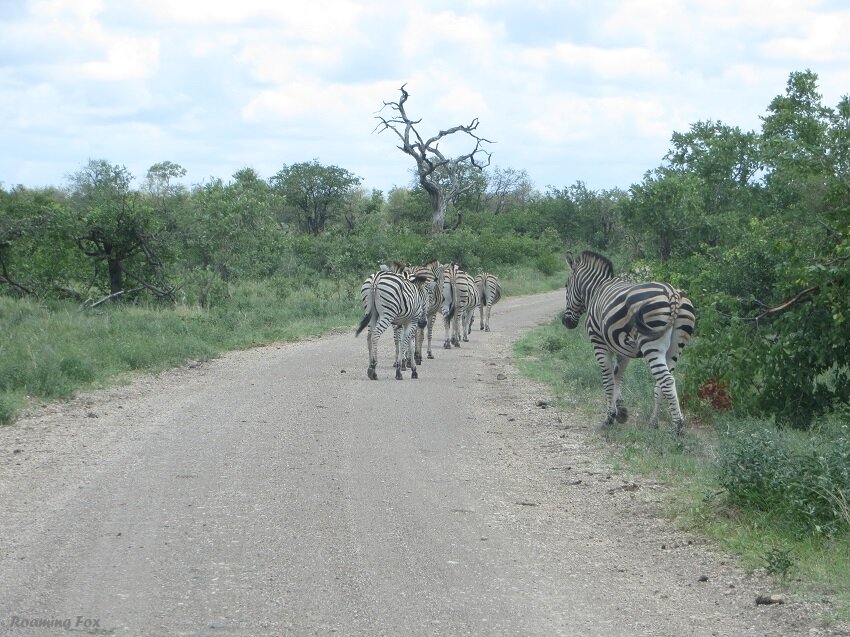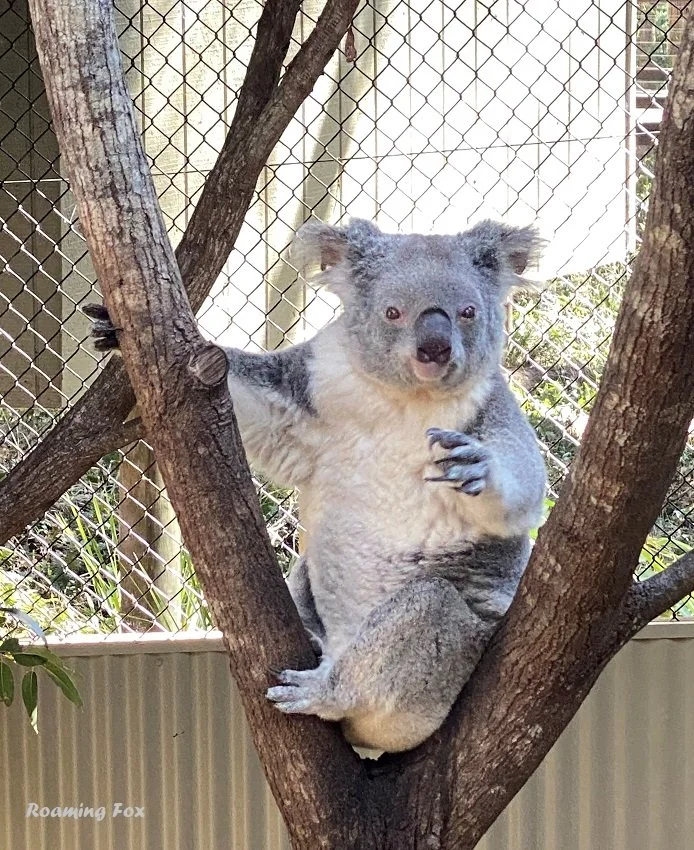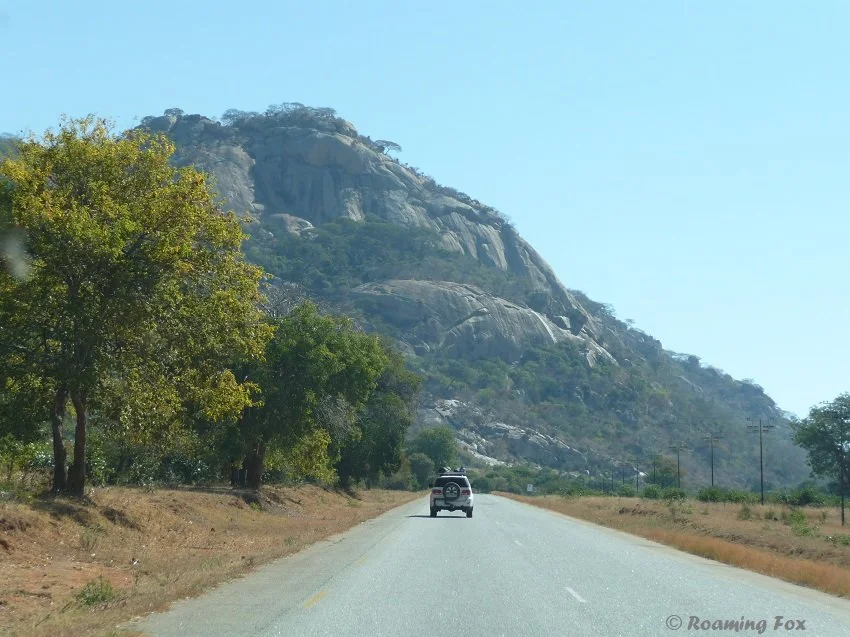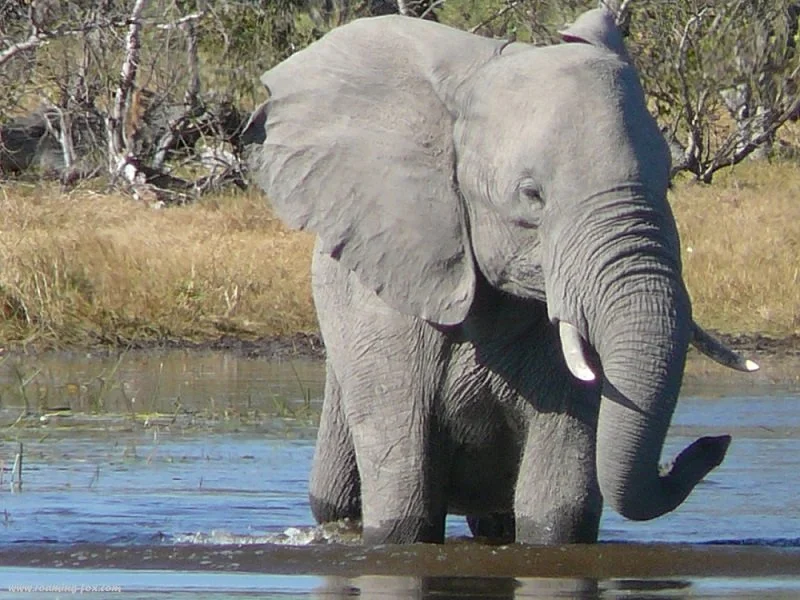Amazing facts and fables about cute wildlife bums in the world
Tales of Tails, bums and butts
Facts and fables about wildlife, safaris and photography
I have come to the realisation that I find animal butts quite interesting. Think I am a bit weird? Don’t answer that! It is the most obvious explanation because I have so many photos of them.
When we are on safari I have seen many cute bums, ugly butts or even a good sized rump, belonging to wildlife of course! During our travels I have even seen long tails, short ones and even some bootylicious feathery tails.
About those cute butts, who am I kidding? The evidence is in my photographic skills, or lack thereof. I often get a blurry photo of their rear end while imagining I am snapping a perfect shot worthy of National Geographic.
The wildlife takes it even further with their sense of humour coming to the fore and giving me the middle finger by displaying more of their butts probably because we are disturbing their peace and trespassing in their territory.
To butt in here, like warthog do with their bums first when entering their burrows, if you have entered my den you will see I write facts as well as fables. The truth is in the tale, because often the bum or appendages nearby serve a purpose in the animal kingdom apart from the most obvious yucky one. I will share a few with you.
Sable antelope
These beautiful animals have impressive curved horns but they have a rather special butt as well. In fact they are beautiful from head to toe.
Snakes
I will be the first to admit that I am often quite happy to see the tail end of a night adder or any other snake for that matter. I will also admit that they are beautiful – from a distance. Not knowing much about snakes, I tend to want to stay clear of them.
Rhinoceros
These rhinoceros at least gave us a good show while they were having their mud bath. Only afterwards did they turn their backs on us. Go figure!
Elephants
I probably have more elephant bum pictures than any other animal, but that is because it is one of my favourite mammals and I probably have thousands of elephant photos. As large as what they are, I think they have rather cute butts, don’t you think? Such a huge surface with a tiny tail.
Elephants communicate with their tails. By swishing it around they can indicate if they are happy or excited but more often I would think it is used to chase annoying flies away before they are bitten. The hair at the end of the tail is actually quite coarse and serves as a good fly swatter for them.
Warthog
These funny looking wild piggies also have a tuft of coarse hair at the tip of their tails. When they run their tails stand upright which acts like an antenna in the long grass to make it easier for the rest of their family to follow them. Have you ever seen them run? Pure muscle on steroids and skinny little legs.
And why does the warthog reverse into burrows? It is easier for them to run out and attack with their tusks to protect themselves or their young.
Waterbuck
This waterbuck taken in the Kruger National Park has a very distinctive white ring on its rump. One of the fables I have heard is that the waterbuck in dire need of a toilet in Noah’s Ark, couldn’t wait for the newly painted toilet seats to dry, hence the ring. What do you think?
Zebra
In most animals the tails are used to swat away insects. There is a hypothesis that the stripes on a zebra also confuses an insect and thus they do not know where to land.
Did you know the stripes are unique to each zebra, with each one having different patterns much like a fingerprint?
It is also believed that it is more difficult for predators to single out an individual zebra when they are in a herd because of their stripes.
Cheetah
During our Kgalagadi camping trip just before Rooiputs campsite, our eyes caught a movement on top of one of the sand dunes. We could not believe our luck. It was a cheetah, scanning the area. We were even more thrilled when it chose to walk towards us instead of disappearing to the other side of the dune. We sat quietly, not wanting to disturb him as he crossed the road and had a brief rest in the shade of a tree, with his butt facing us of course!
Their long tails play an important role and are used as rudders to help them steer and turn when chasing at high speeds.
Tortoise
Most of us know that tortoises retract into their shells when they feel threatened and often spray liquid from their bowels to protect themselves.
The tail is also used to help identify whether they are male or female tortoises.
Meerkat
Three little animals, the meerkat, mongoose and ground squirrel are often identified incorrectly. The first, a meerkat, Suricata suricatta has a thin tail, half the length of its body. The meerkat is a carnivoran Herpestidae that belongs to the mongoose family.
This one is warming itself in the sun.
Mongoose
The yellow mongoose, the Cynictis penicillate lives in arid regions and is a mammal.
Ground Squirrel
A rodent endemic to South Africa, the Xerus inauris has a distinct bushy tail.
Jackal
Jackal lurk about early morning and evening waiting to pounce on prey, often the only thing visible is its black bushy tail as it darts into a bush to catch a little mouse.
This one seemed to be on a mission down the road.
Sociable Weaver
These little birds nest in colonies from 10 up to 500 birds and continuously build and maintain their massive nests throughout the year. Often all one can see is the tails of the sociable weavers as they build new compartments.
Lion
A lion flicks its tail to communicate or show its mood. The black tuft at the end is used to lead other lions through long grass. The tail is also used to help balance this large cat.
Springbok
A springbok is known to ‘pronk’ which means bouncing or jumping into mid air. There is a pouch on their lower backs at the base of their white furry tails. When pronking, the springbok rams jump high and fan out the fur while releasing a scented secretion from that area to seduce the springbok ewes.
Kookaburra
Even down under the birds turn their tails on us. I would too if I had a tail as beautifully patterned as the kookaburra.
Dassie
There is a Xhosa fable why the dassie or rock hyrax has no tail.
King lion was the only animal with a tail. Because he found it so useful he decided that all the animals in his kingdom needed one.
Tails of all shapes and sizes were made for the animals. The baboons were asked to call all the animals to congregate at Council Rock so they could choose their tails.
The lion noticed the little dassie was missing. That made him angry. He chose a small furry tail and told the monkey to take it to dassie but the mischievous monkey had other plans. He stuck the tail on himself and went to show it off to dassie.
Dassie was very upset, but far too lazy to do anything about it and carried on sunning himself on the warm rocks.
There you have it.
Fun fact: According to evidence found in DNA, the dassie is considered to be the closest living relative of the world’s largest land mammal, the African elephant. Who would have thought? Furthermore it is also related to the manatee and the dugong.
Baboon
Unlike monkeys, baboons do not use their tales for holding onto branches.
An interesting butt but at least to us the baboon bums are most certainly not the most attractive. However the female baboon’s swollen bum is supposed to be irresistible to male baboons and signals ovulation.
Giraffe
The most common use for a tail is to flick insects away for most of the animals. This is no different to the giraffe. Not only does the giraffe find it useful, but in many African cultures it is sought after because to be used in threading beads and making bracelets meant to bring good luck.
Lemurs
When we chartered a yacht in Madagascar, and sailed around a few islands, we stopped off at Nosy Komba, often called lemur island. We saw brown and black lemurs but there are many other beautiful lemurs throughout Madagascar.
Lemurs use their tails for balance. Some of them, such as the ring-tailed lemur female, use them to disperse pheromone by rubbing its tail across scent glands that are on their wrists. They then lure the males by flicking their tails at them.
Wallabies and Kangaroos
The powerful tails of wallabies and kangaroos are used for balance and to prop themselves upright. They also use their tails to propel themselves when they move around.
Deer (Hirsch)
Side to side casual swishing of their tails is a sign that deer are at ease. However, flagging warns another deer that danger is about.
These were taken in Hirschgarten, Munich.
If you have any other tail facts or fables, please let me know and I will add them. I would love to find out more astounding information about cute wildlife bums in the world.
Lets Connect on Social Media
If you’d like to leave a comment on my blog, at the end of it click Subscribe via e-mail to receive email notifications of my reply or if new comments are added to that post. Visitors must be logged in to subscribe and this will subscribe visitors to the comment thread, but not my entire blog. I know it’s quite a process, but it helps keep our websites secure. Your email address will not be shared or displayed.
Alternatively, you can comment as a guest without logging in, but you won’t be notified of my answer.







































Everyone needs to meet a wombat in their life, right? So we did just that. But we were in for a surprise. We were about to meet a few more of Australia’s amazing wildlife, some of them quite elusive but significant for the ecosystem.